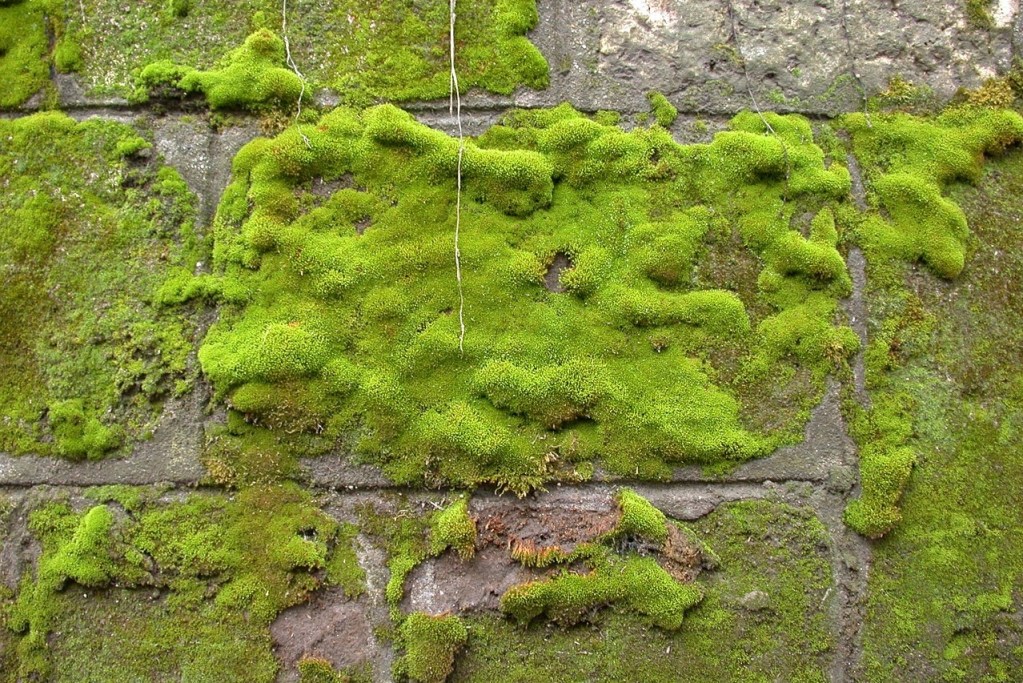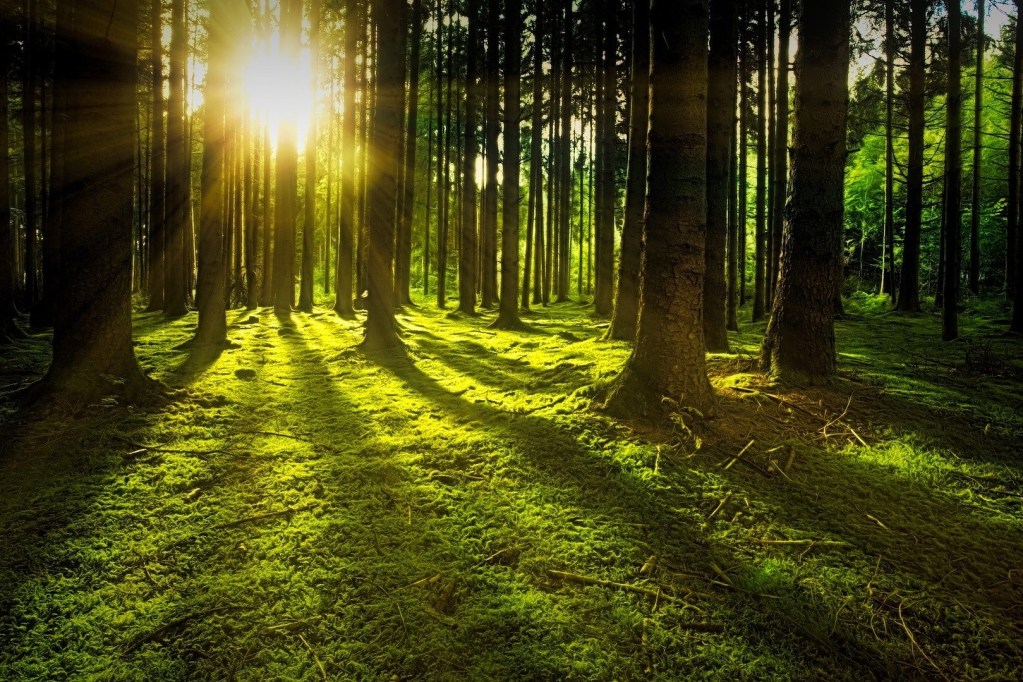Moss has a lot of qualities that draw people to it. It looks soft, it’s easy to take care of, and it grows just about everywhere. Since it grows in so many places, it can be tempting to forgo getting moss at a store in favor of just taking some. Is that a good idea, though, or are there problems with it you may not be aware of? Use these simple tips to find out when and how you can safely transplant moss from the woods.
Should you transplant moss?
In many cases, moss can be transplanted successfully and safely, but there are a few things you should consider before heading out to search for moss. Firstly, you should check your own yard for moss you could potentially transplant. You may even want to extend your search to friends’ yards and the yards of any neighbors you’re on friendly terms with. Moss grows best when it’s transplanted from a similar environment, which you’re most likely to find in your own yard or a nearby yard.
Additionally, it’s much easier to secure permission to harvest moss if you’re acquainted with the people who own the property. This is a major issue when harvesting from the woods. If the woods are private property, you’ll need to talk to the landowner. Although taking moss from someone’s woods may not seem like a big deal, it is still trespassing.
If the woods are owned by the local, state, or federal government, there may be regulations in place about foraging from the area, which does include harvesting moss. The punishments for breaking these regulations vary from place to place. If you aren’t sure about the regulations for the specific location you have in mind, you should contact an official beforehand.

How to safely harvest moss
Once you know you’re allowed to take moss from an area, you’ll want to select the specific moss to harvest from just as carefully. Pay attention to what the moss is growing on. If the surface is especially decayed, such as a mostly decomposed log, or if the moss is growing in a bog or marsh, then taking the moss could damage the system. While it isn’t likely to cause large-scale distress for the woods as a whole, it does create small-scale changes that affect local wildlife. Instead, look for moss that is growing on a living tree, mostly intact rock, or in regular, non-bog dirt.
Luckily, moss is much easier to transplant than most plants. In many cases, you can simply pick the moss up, set it in a container, and take it home. If you’re in an unfamiliar location, you may want to wear gloves. If the moss is a little stubborn, then almost any flat object can be used to gently pry it up. You can use a garden trowel, butter knife, or spatula. It’s easier to establish in your garden if the moss is intact, so move slowly. This is easiest when the ground is slightly damp, but not soggy. If the moss is especially hard to pull up, it’s best to switch to another patch of moss or another place in the same patch, to avoid damaging the moss.
Take a moment to gently clean the moss you harvest. Pick out any leaves or twigs before harvesting, and gently brush excess dirt off of the bottom after harvesting. Finally, it’s important to leave more moss than you take. Make sure that between half and two thirds of the moss patch is left behind to continue growing. If you plan on collecting a lot of moss, or making multiple trips, harvest from different patches of moss instead of only one.

How to establish and care for transplanted moss
Establishing and caring for moss is as easy as harvesting it. The biggest factor is moisture level. Moss grows in shady, moist areas, so you need to provide your moss with some shade and plenty of water. Clear the soil you want to establish the moss in so that it’s free of weeds or leaves. If the soil is compacted, lightly scratch the surface so there’s enough loose soil for the moss to latch onto.
Water the soil so that it’s damp, but not soaking wet. Then take your pieces of moss and lay them flat onto the soil. Press the moss into the soil firmly. If the moss is having difficulty laying flat, you can secure it with a small stick through the middle or some light mesh over top. Keep the soil moist, and your moss should be fully established after only a few weeks.
Moss is a great choice for container gardens, standard gardens, and lawns. It’s resilient, soft, and extremely low maintenance. Harvesting and transplanting moss from the woods is easy, just remember to ask for permission from the property owner, and always leave at least half of the moss behind. Moss plays an important role in the ecosystem, and it can play an important role in your garden, too!
Editors' Recommendations
- Everything you need to know about choosing the best rocks for landscaping
- Do you live in climate zone 2? Here’s what you need to know
- Do you live in climate zone 10? Here’s our guide to choosing the perfect climate zone 10 plants
- From mini Christmas trees to ivy wreaths, here are the best small holiday season foliage picks
- These are the 10 best gardening shows to stream right now



